Table of Contents
The UNESCO Sites in Bulgaria have resulted from recognizing 10 cultural and natural landmarks as UNESCO World Heritage Sites in Bulgaria and 16 locations on the Bulgaria UNESCO tentative list. These tourist sites in Bulgaria are acknowledged for their unique and valuable cultural, natural, artistic, and historic significance and are preserved for future generations to enjoy.
In addition to these 10 sites in the Bulgaria UNESCO list, many other places to travel to Bulgaria are being considered for UNESCO recognition. These sites, listed on the tentative list, showcase the country’s rich cultural heritage and await approval to join the prestigious and famous World Heritage Sites list.
To help visitors discover these remarkable Bulgaria tourist attractions, we have assembled an interactive map of the UNESCO sites in Bulgaria.
Bulgaria UNESCO Map
Click markers to show information and photo.
World Heritage Sites in Bulgaria
UNESCO World Heritage Sites in Bulgaria
There are 10 UNESCO World Heritage Sites in Bulgaria. All of these three sites are listed under the Cultural category.
- Ancient City of Nessebar
- Boyana Church
- Madara Rider
- Rila Monastery
- Rock-Hewn Churches of Ivanovo
- Thracian Tomb of Kazanlak
- Thracian Tomb of Sveshtari
- Ancient and Primeval Beech Forests of the Carpathians and Other Regions of Europe
- Pirin National Park
- Srebarna Nature Reserve
UNESCO World Heritage Sites in Bulgaria are protected locations for their cultural and natural importance.
Ancient City of Nessebar
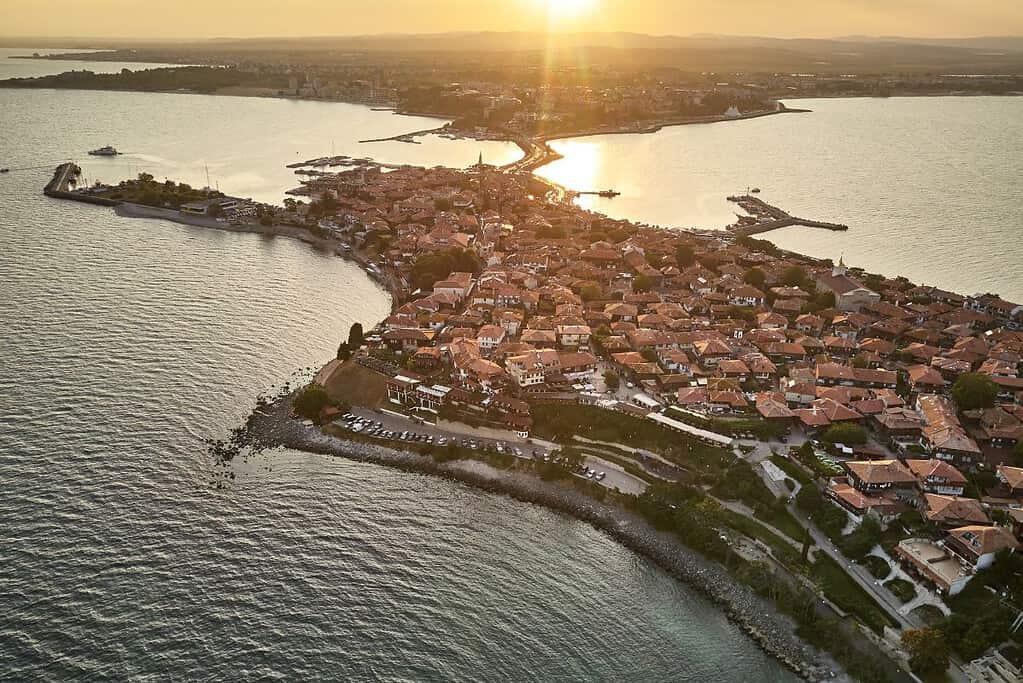
The Ancient City of Nessebar is a UNESCO World Heritage Site in Bulgaria. It is an outstanding example of a well-preserved ancient settlement with a rich history spanning over 3,000 years. The city is located on a peninsula on the Black Sea and has numerous historic landmarks and architectural treasures, including ancient churches, fortifications, and other significant structures. The city’s unique blend of Greek, Roman, Byzantine, and Bulgarian cultures has resulted in a remarkable and unique cultural landscape.
Boyana Church
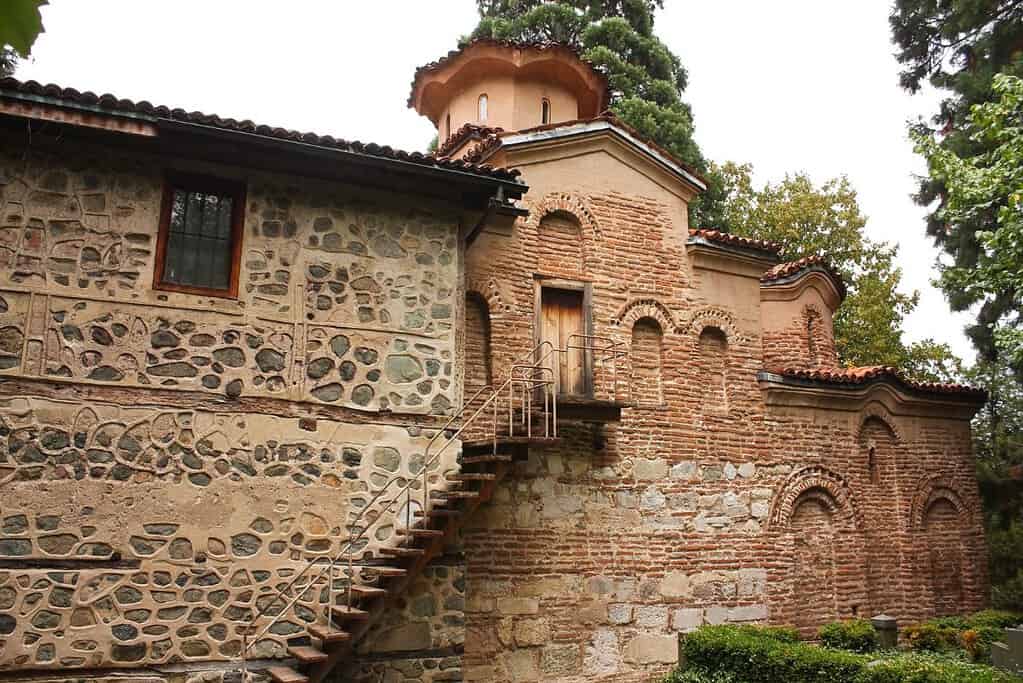
Boyana Church is a UNESCO World Heritage Site located in Sofia, Bulgaria. The church is famous for its remarkable frescoes dating back to the 13th century, considered some of the most well-preserved examples of Eastern European medieval art. The frescoes depict scenes from Jesus’s life and portraits of important figures. The church also features unique architecture, with three distinct sections built during different periods. Boyana Church is a fascinating example of Bulgaria’s cultural and artistic heritage.
Madara Rider
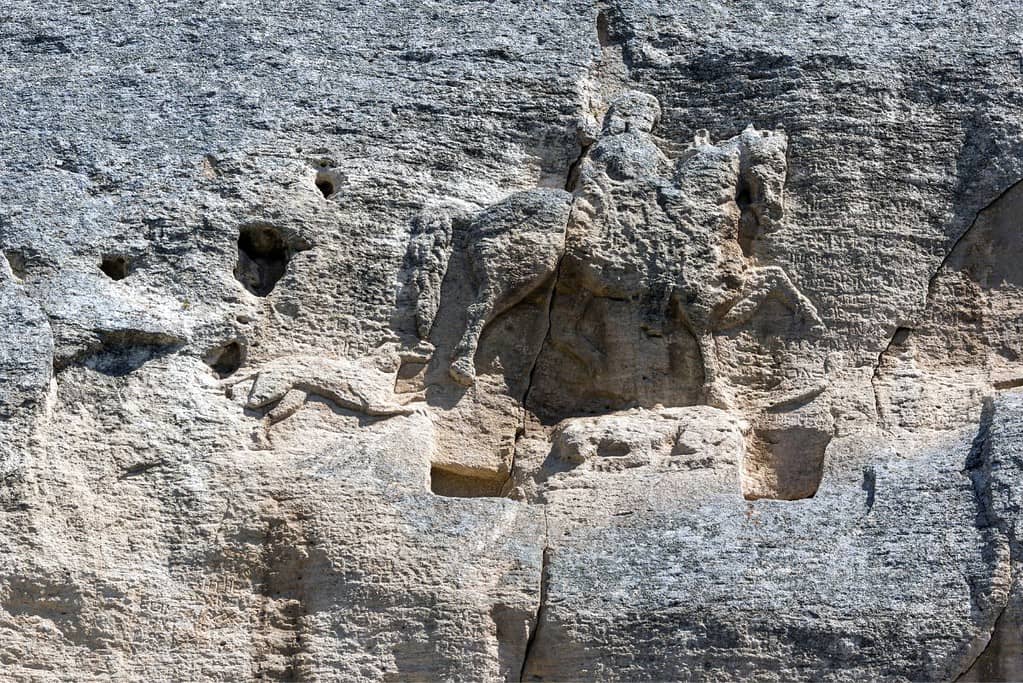
Madara Rider is a UNESCO World Heritage Site located in Bulgaria. It is an ancient rock relief carved into a cliff face depicting a horseman, believed to symbolize the Bulgarian ruler at the time. The Madara Rider is considered one of the most impressive and well-preserved examples of early medieval Bulgarian art and is a significant cultural and historical monument.
Rila Monastery
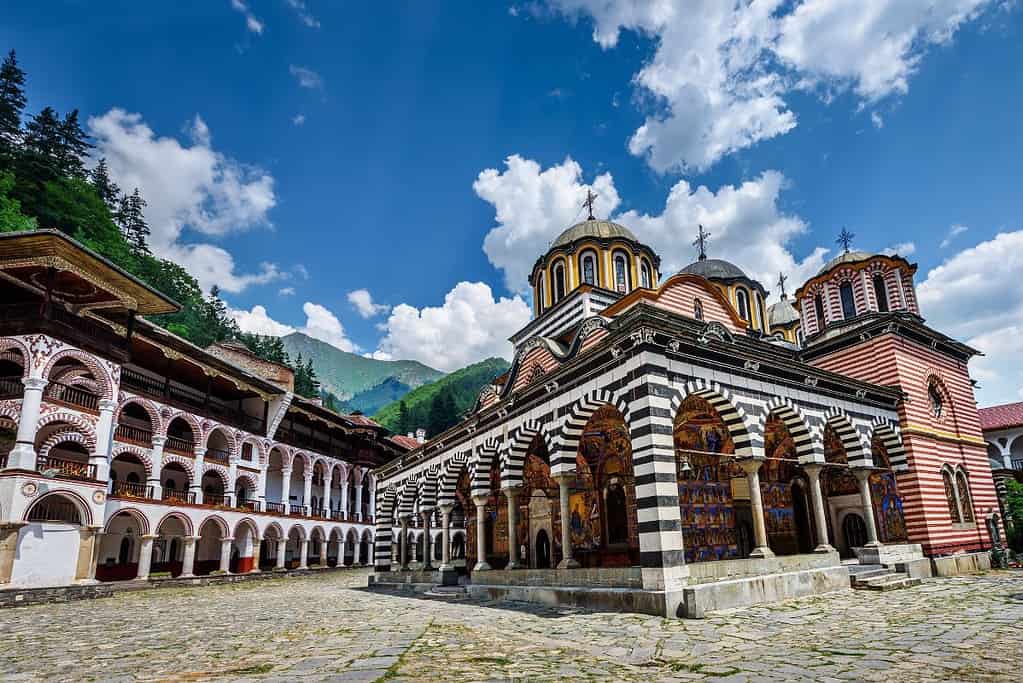
Rila Monastery is a UNESCO World Heritage Site located in Bulgaria. It is an Eastern Orthodox monastery founded in the 10th century and is considered a Bulgarian National Revival architecture masterpiece. The monastery is known for its stunning frescoes, which cover the walls and ceilings of its main church. It is also home to a museum that houses a collection of Bulgarian history and culture artifacts.
Rock-Hewn Churches of Ivanovo
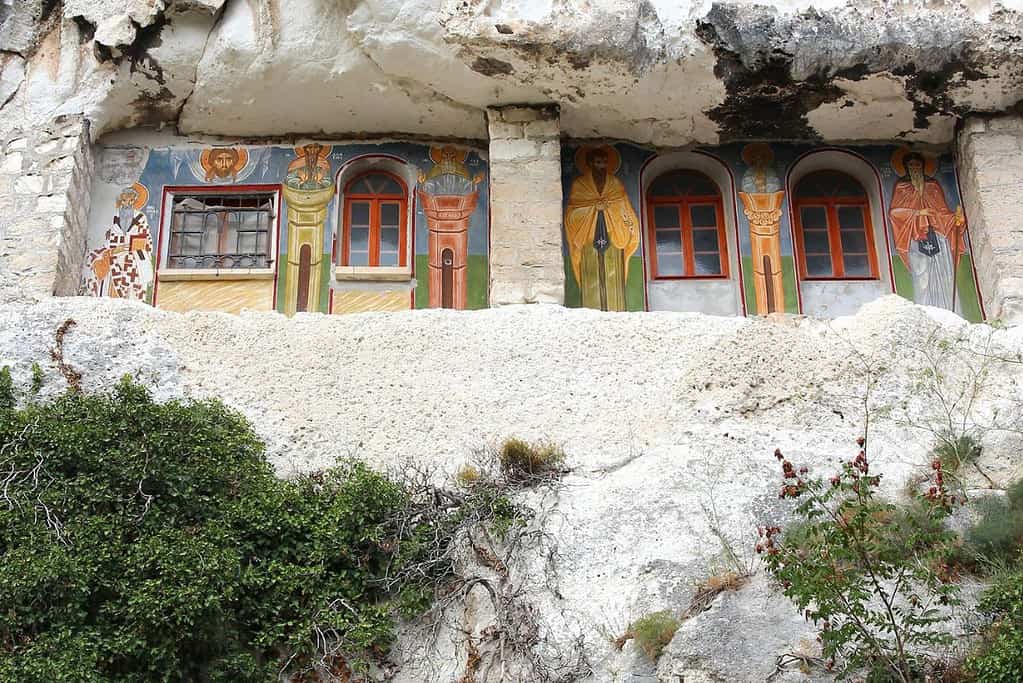
The Rock-Hewn Churches of Ivanovo are a group of monolithic churches, chapels, and monasteries carved into the rock in the Ivanovo region of Bulgaria. These structures are notable for their unique architecture and beautiful frescoes, which depict scenes from the life of Jesus and other religious figures. The site is a UNESCO World Heritage Site, recognized for its cultural and historical significance.
Thracian Tomb of Kazanlak
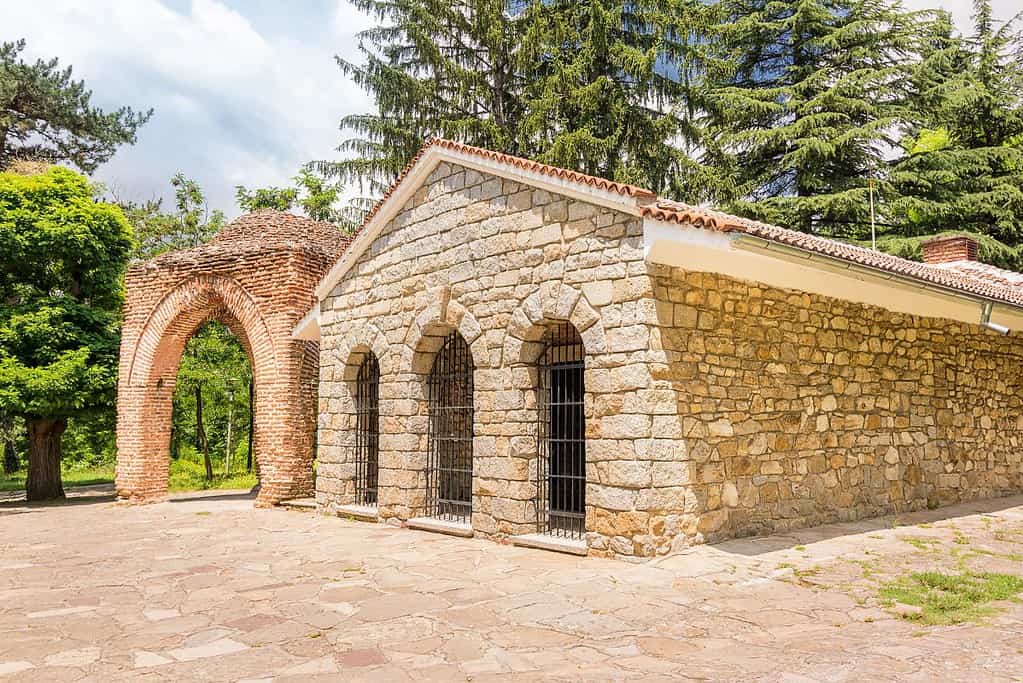
The Thracian Tomb of Kazanlak is a UNESCO World Heritage Site in Bulgaria. It is a well-preserved ancient tomb dating back to the 4th century BCE and is notable for its exquisite frescoes depicting scenes from Thracian life and mythology. The tomb is considered one of the most important examples of Thracian art and culture and is a must-visit for history and archaeology enthusiasts.
Thracian Tomb of Sveshtari
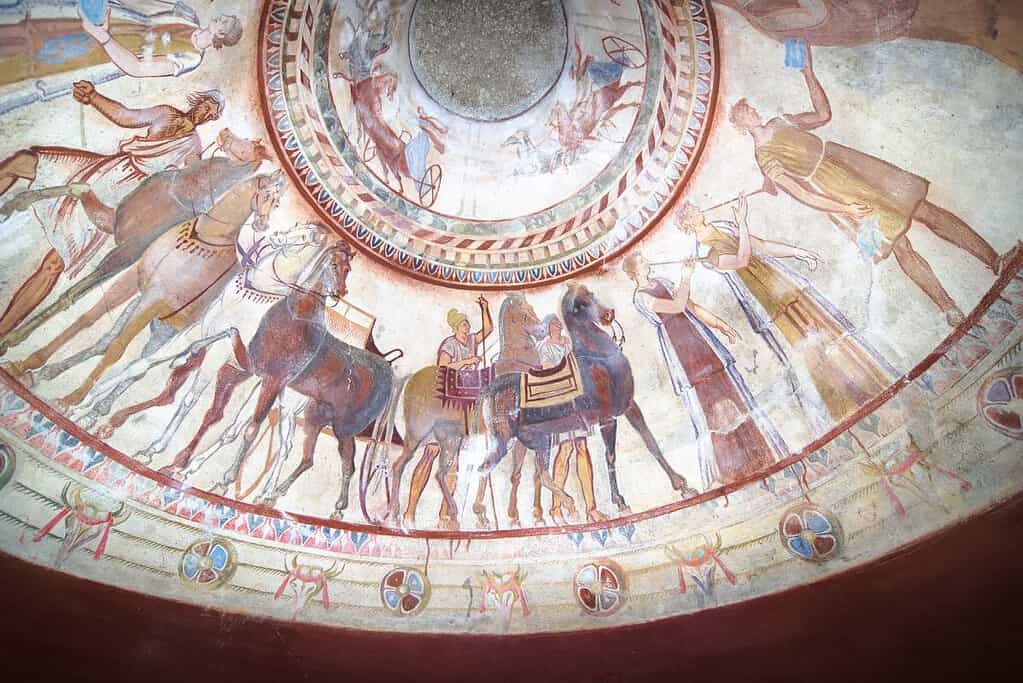
The Thracian Tomb of Sveshtari is a UNESCO World Heritage Site in northeastern Bulgaria. It is an ancient tomb dating back to the 3rd century BCE and is believed to have belonged to a Thracian noblewoman. The tomb is known for its remarkable architecture and beautiful decorations, including intricate carvings and colorful murals. It is considered one of the best-preserved examples of Thracian tomb architecture and provides valuable insights into the culture and traditions of the Thracian people.
Ancient and Primeval Beech Forests of the Carpathians and Other Regions of Europe
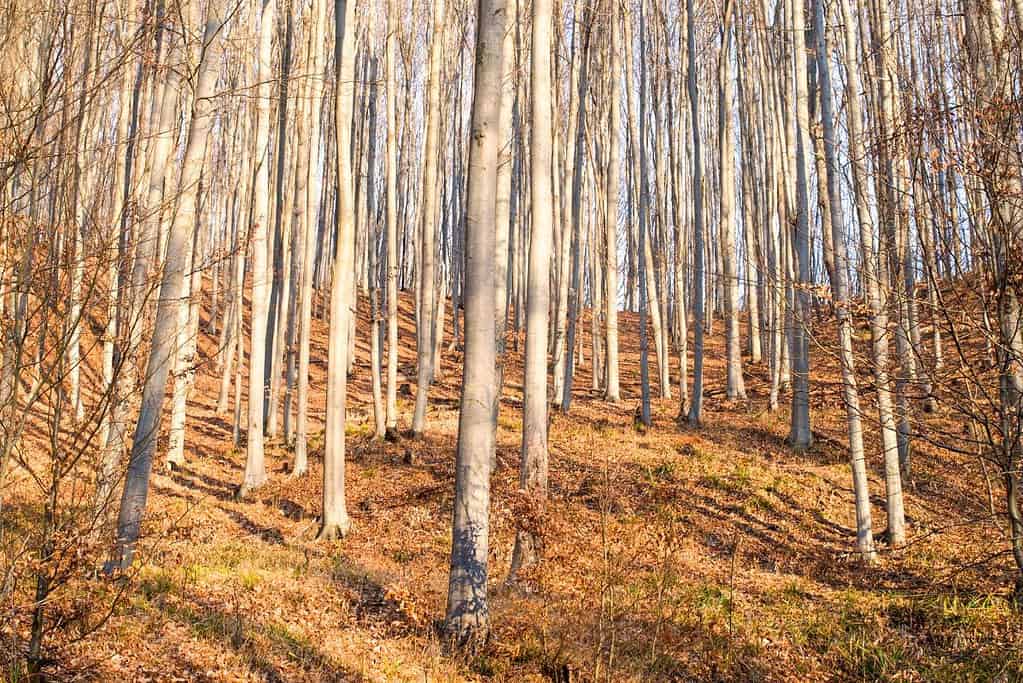
The Ancient and Primeval Beech Forests of the Carpathians and Other Regions of Europe is a UNESCO World Heritage Site that consists of 78 separate parts across 12 countries in Europe. These forests are home to some of the world’s largest and oldest beech trees, and they have remained largely untouched by human activity for hundreds of years. The site represents an outstanding example of the ecological and evolutionary processes that have shaped the beech forests of Central Europe over millennia.
Pirin National Park
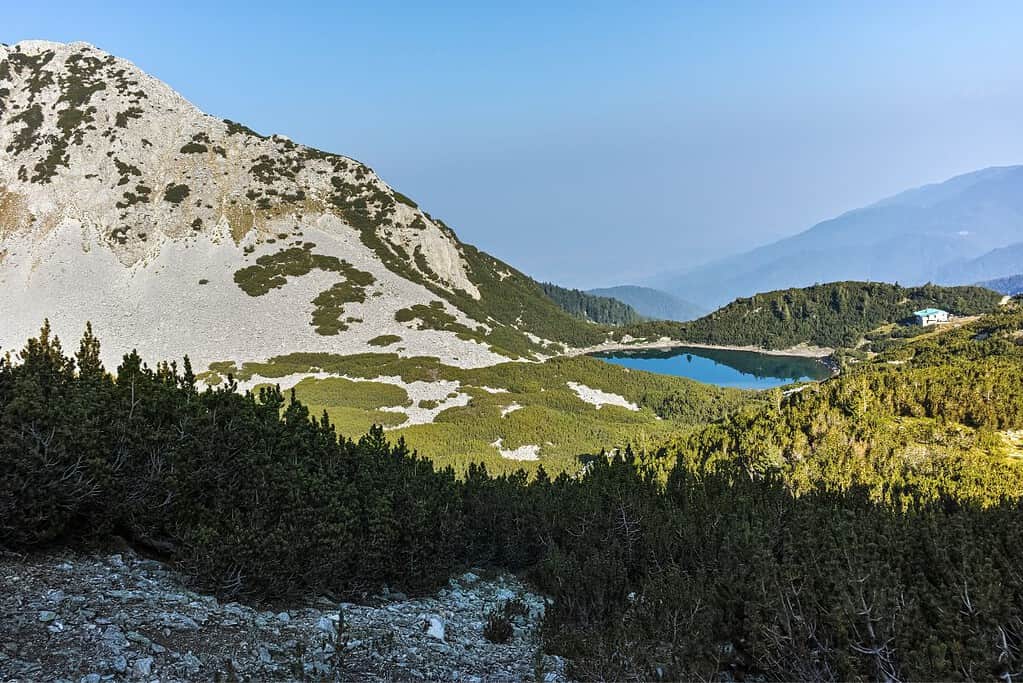
Pirin National Park is a UNESCO World Heritage Site located in southwestern Bulgaria. It is known for its outstanding natural beauty, including the dramatic Pirin Mountains, which rise to over 2,900 meters, and its diverse plant and animal life. The park has numerous rare and endangered species, such as the Balkan lynx and the Edelweiss flower. Visitors can explore the park’s pristine forests, glacial lakes, and alpine meadows, as well as the traditional villages and cultural landmarks that dot the landscape.
Srebarna Nature Reserve
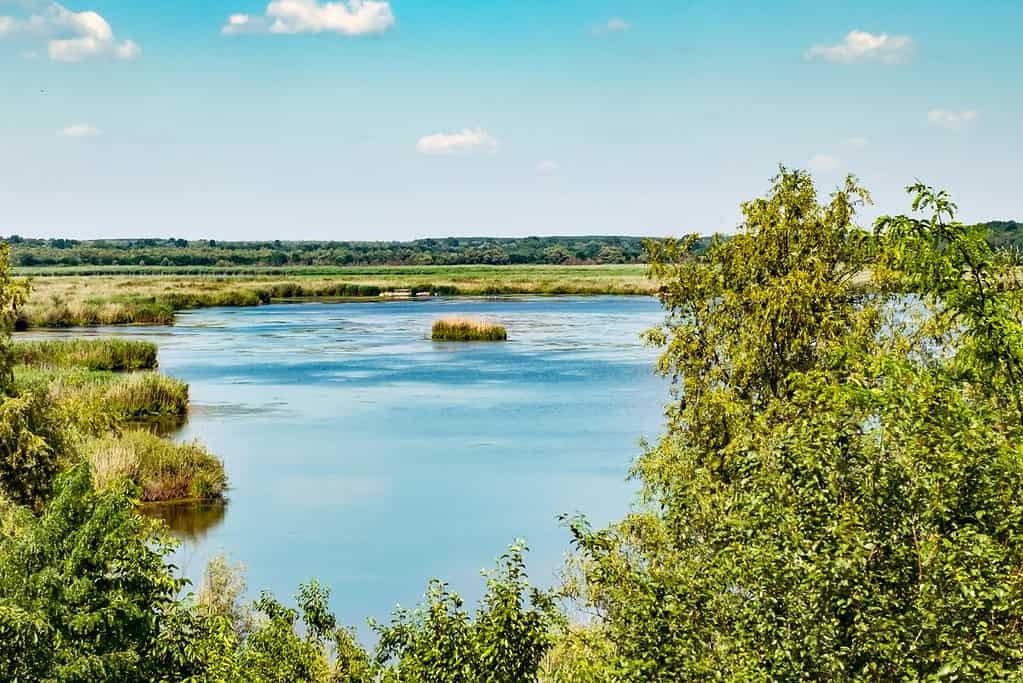
Srebarna Nature Reserve is a UNESCO World Heritage Site located in northeastern Bulgaria. It is a wetland area that provides critical habitat for many species of birds, particularly the globally endangered Dalmatian pelican. The reserve is also home to other wildlife, including otters, wildcats, and bats. Its unique ecosystem and biodiversity make it an important conservation and scientific research site.
Bulgaria UNESCO tentative list
- Two neolithic dwellings with their interior and household furnishings and utensils completely preserved
- The Magoura cave with drawings from the bronze age
- The ancient town of Nicopolis ad Istrum
- The late ancient tomb of Silistra
- The Bachkovo Monastery
- The town of Melnik and the Rozhen Monastery
- The Roussensky Lom National Park
- The Ancient Plovdiv
- Thracian Tomb with Wall Paintings beside Alexandrovo village
- Vratsa Karst Nature Reserve
- Rocks of Belogradchik
- Central Balkan National Park
- Pobiti Kamani Natural Monument
- The royal necropolis of the Thracian city of Seuthopolis – a serial site, extension of the Kazanlak Thracian tomb
- Bishop’s Basilica and Late-Antique Mosaics of Philippopolis, Roman Province of Thrace
- Frontiers of the Roman Empire – The Danube Limes
Tours in Bulgaria
Our choices of tours in Bulgaria are divided into thematic features such as Sofia, Plovdiv, and Rila Monastery Experience.
